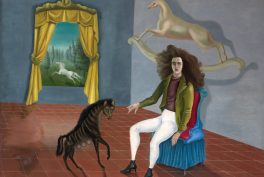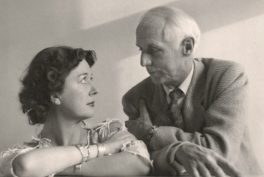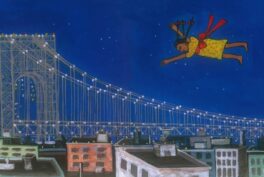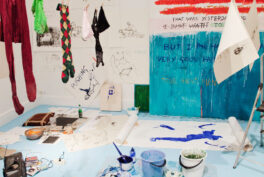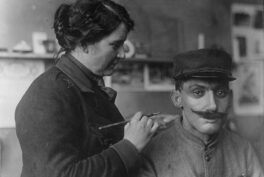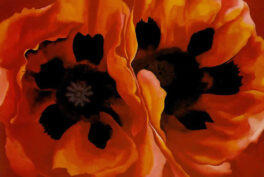Tar Beach: Faith Ringgold’s Journey from Story Quilts to Picture Books
With the publication of Tar Beach in 1991, Faith Ringgold launched her career as a picture book author and illustrator. Her interest in picture books...
Guest Author 27 November 2025


